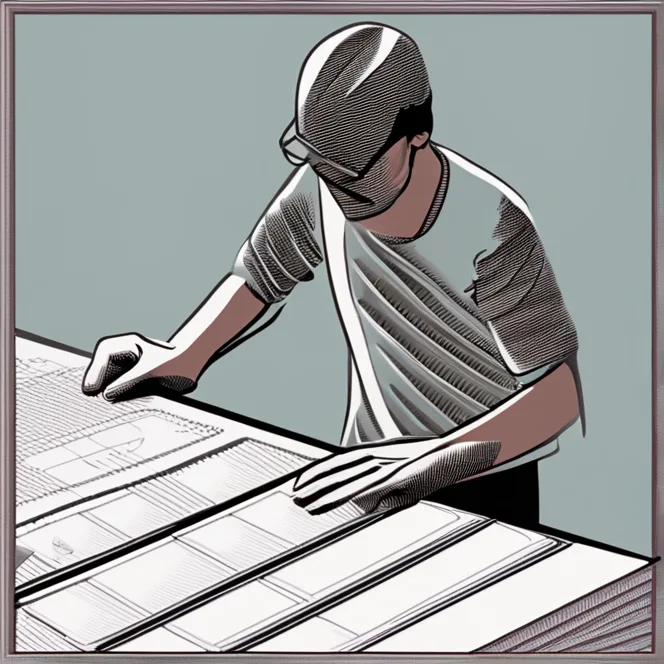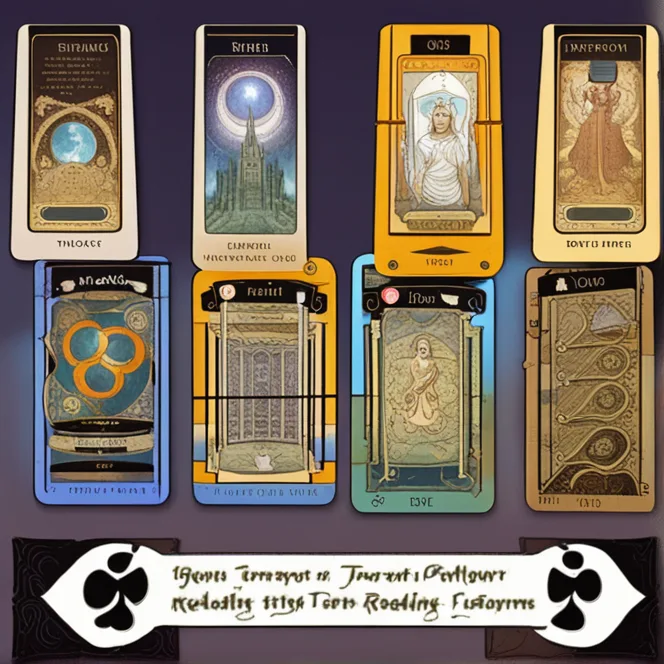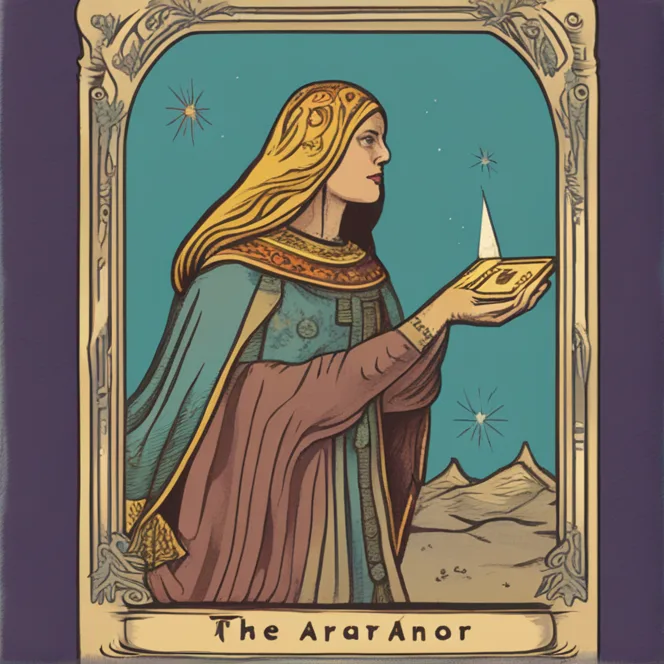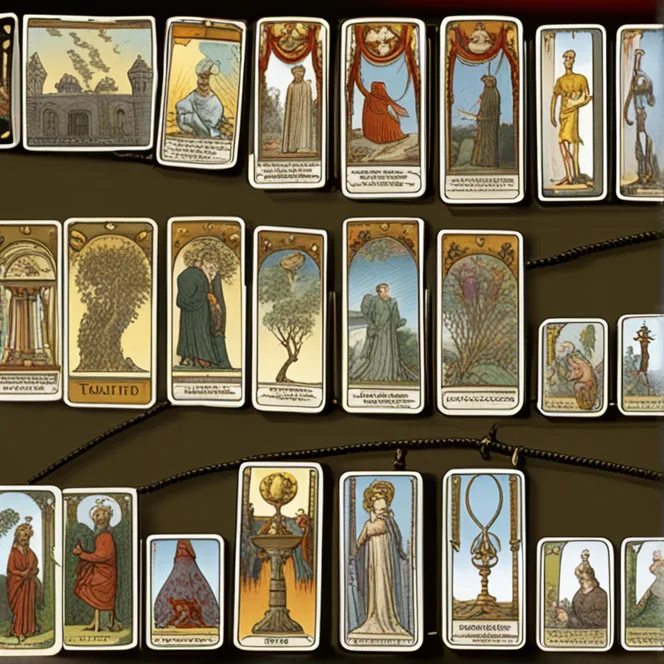
Introduction to Tarot
The Tarot is a mystical tool that has fascinated humanity for centuries. A deck of 78 cards serves as a mirror to the soul, offering a glimpse into the hidden depths of our psyche. Each card in the Tarot deck is imbued with symbols and archetypes that speak a universal language, transcending time and culture. This guide aims to be a companion for those embarking on a Tarot journey, revealing the arcane wisdom held within each card. Whether you are seeking personal enlightenment or wish to enhance your intuitive abilities, Tarot can be a profound guide.

History and Mystery
The origins of Tarot are shrouded in mystery, with speculation placing its inception anywhere from medieval Europe to ancient Egypt. Originally used for playing games, it wasn't until the 18th century that Tarot cards became associated with divination. As you connect with Tarot, it is prudent to honor its storied past and the generations of seekers who have consulted these cards for guidance. Understanding the history of Tarot deepens our connection to the practice and enriches the insight drawn from each reading.

Structure of the Tarot Deck
A standard Tarot deck consists of two main parts: the Major Arcana and the Minor Arcana. The 22 Major Arcana cards represent significant life themes and lessons, portraying a spiritual journey from the Fool to the World. The 56 Minor Arcana cards reflect everyday situations and are divided into four suits—Cups, Wands, Swords, and Pentacles—each corresponding to a different aspect of life. In this guide, we will navigate the symbolism of both Arcana sections, helping you to conduct readings that are rich in wisdom and clarity.

Conducting a Reading
A Tarot reading involves selecting cards and interpreting the messages they reveal. There are various spreads to use, from the simple three-card draw to the complex Celtic Cross. The key to an accurate reading lies in blending intuition with a solid understanding of the card meanings. This article touches on the art of phrasing questions and the importance of setting a clear intention before shuffling the deck. As you grow more adept at readings, you'll develop personal connections with the cards, making every Tarot session a unique experience.

Common Misconceptions
Despite its popularity, Tarot is clouded with misconceptions. Some fear it as a tool of negative forces, while others expect the cards to predict the future with unwavering precision. It's crucial to approach Tarot with an open mind, understanding that the cards offer guidance rather than absolutes. This section demystifies common Tarot myths, fostering a healthy perspective that welcomes the wisdom of the cards as a source of reflection and self-discovery, especially as we move into the energies of 2024 and beyond.
Modern Tarot in 2024
As we look to the future, the world of Tarot continues to evolve. In 2024, with the influences of Aquarian innovation, we may see Tarot moving into new digital realms, integrating with AI technology and interactive learning platforms. Astrological alignments, such as the transformative Pluto return of the United States, may be reflected in the collective unconscious, influencing Tarot readings. This guide highlights the importance of incorporating contemporary contexts into your Tarot practice, ensuring that this age-old tradition remains relevant and resonant.
Published: 12/15/2023
Modified: 12/15/2023
More predictions
Come back here soon to learn more about yourself and your future


First Steps In Tarot Reading
Indulge in the basics of tarot reading with simple spreads for beginners.


Easy Tarot Spreads For Beginner
Master the basics of tarot with easy spreads for beginners – find clarity and insight into life's questions.


The Distinct Worlds Of Tarot & Oracle Cards
Discover the differences between tarot and oracle cards in divination practices and how they can guide you in your spiritual journey.